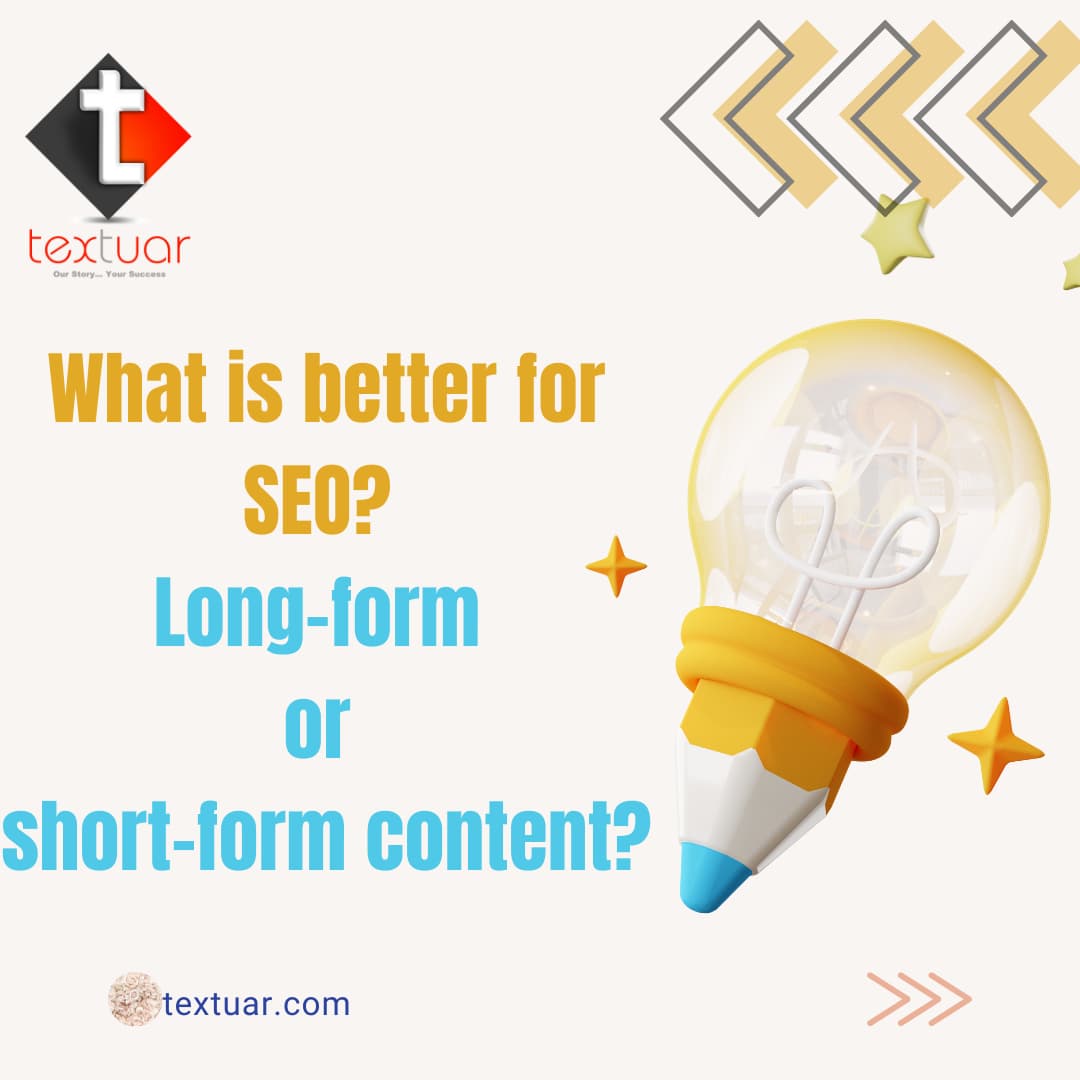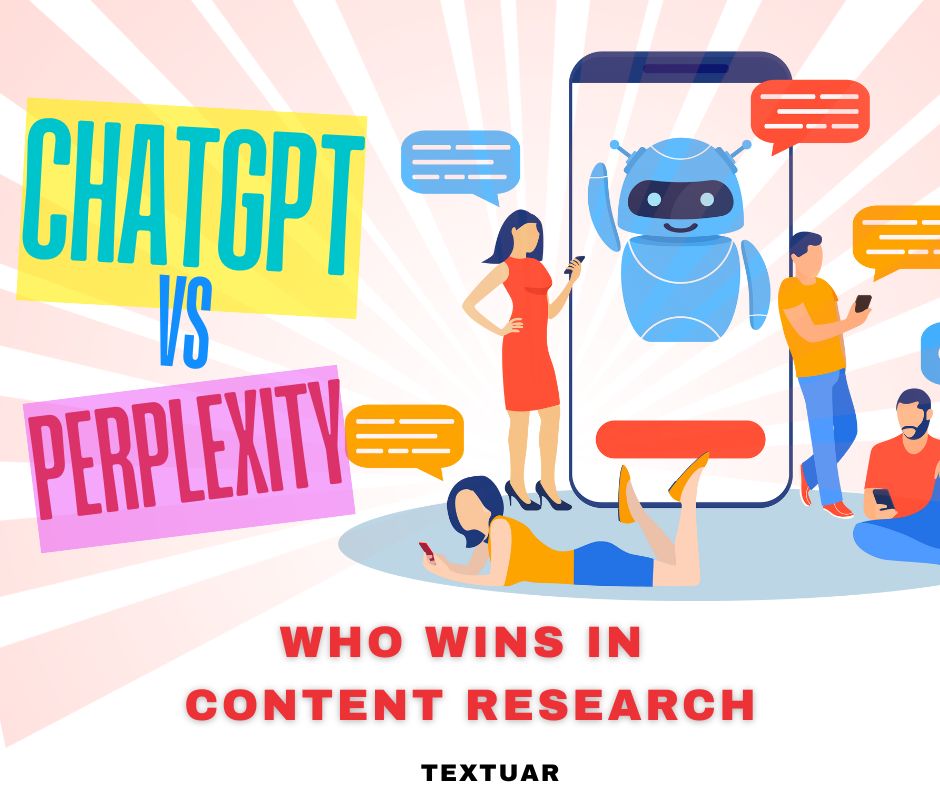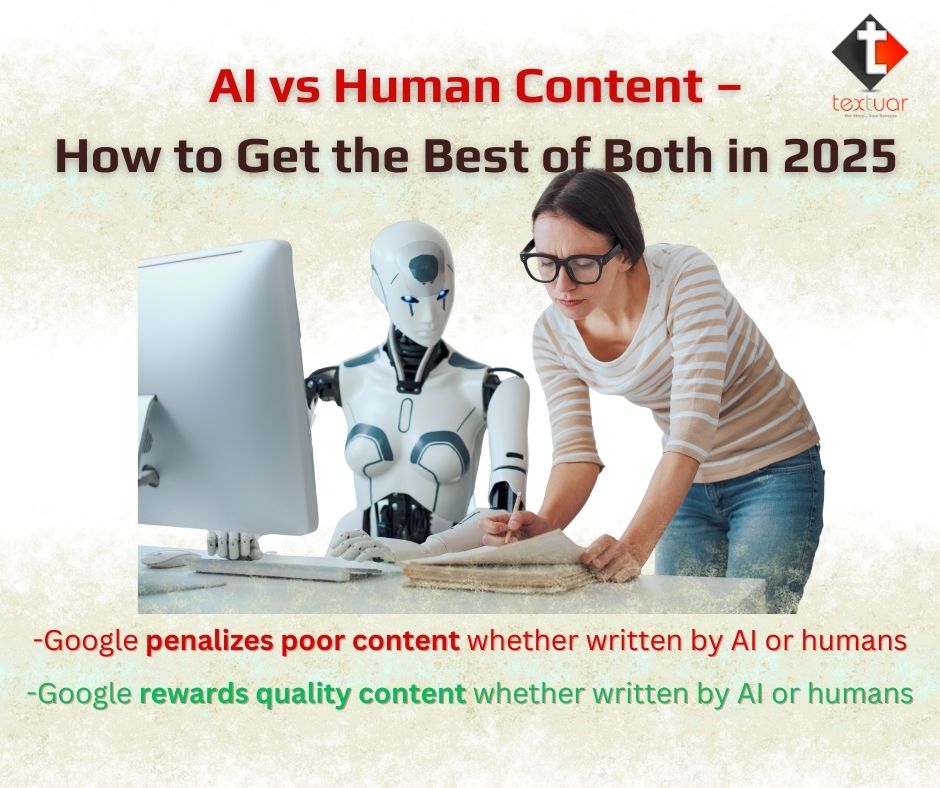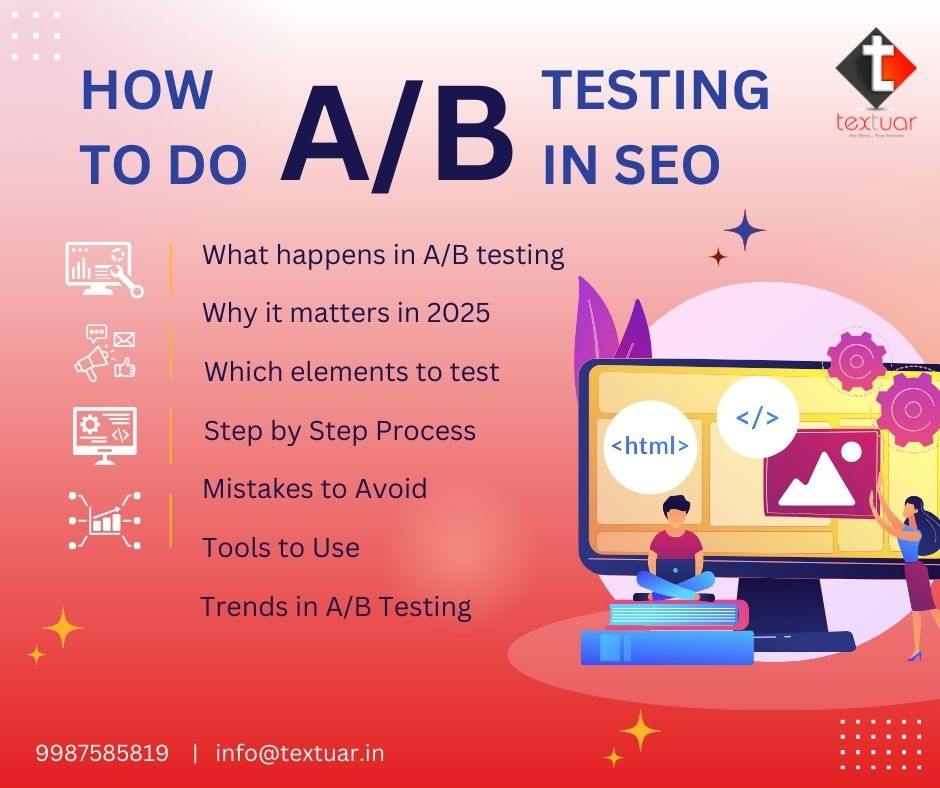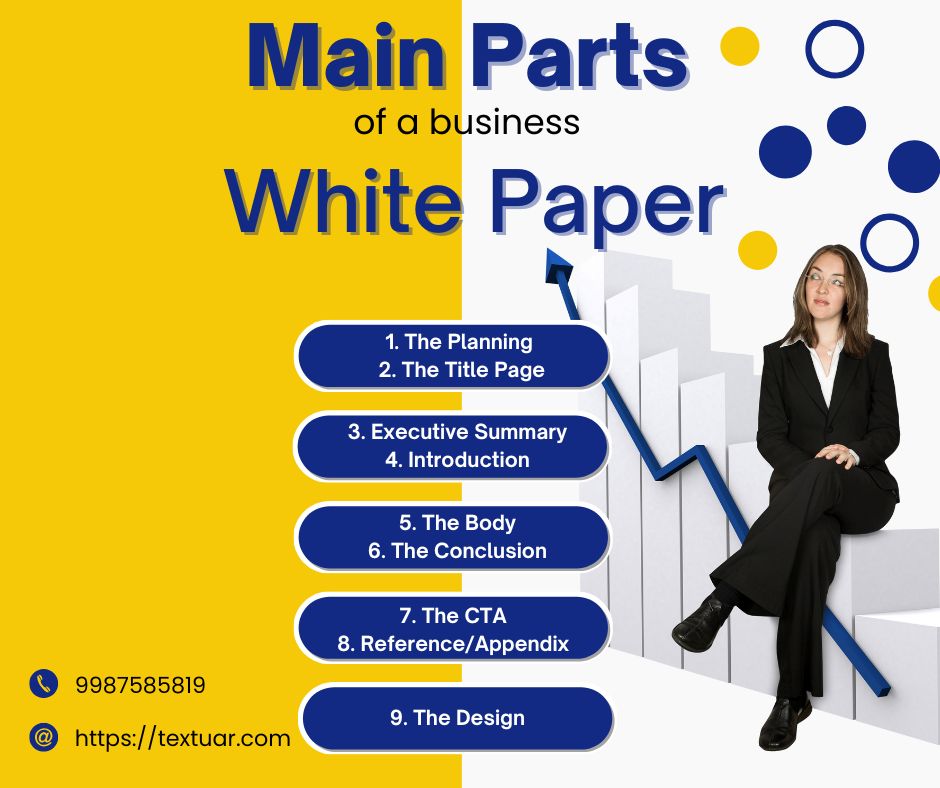There is one question that has baffled business owners and marketers is- should they focus on long or short form content? Also, whether their content marketing strategy should lean towards one or the other.
Both of these content types are important. But knowing when to choose what depends on many factors. These factors could be your audience, the topics complexity, your platform or your budget.
This article will help you learn about both of them. You will also know how to decide which is best suited for your marketing goals. Let us get into it-
What does short-form content mean?
This works like a quick snack for your brain. It is designed to be easy to digest. It is packed with information. You can think of it as a bite-sized piece of writing that gets right to the point. It is perfect for our busy and digital lives!
Here are the various types
- Short blog posts
- Social media posts
- Emails
- News updates
- Infographics
- Website pages
- Paid ads
This type of content plays an important role in content marketing. It can help businesses reach their audience. The clarity and brevity can lead to more engagement. This makes it a powerful tool you can use for marketing.
Pros of short-form
Some of the best reasons to use short-form content are:
-Easier for users to consume
-By default, mobile-friendly
-Less resource-heavy to produce and more scalable, as opposed to long-form content.
-Sharable by the very fact of being short, often punchy
Cons of short-form-
-Does not allow going in-depth on a topic. It, therefore, leads to over-simplification or missing the key points.
-If not created with a well-planned strategy, it can easily start to seem repetitive.
-It often is much shorter lived. This is why its relevance can fade out a lot quicker compared to ever green content.
What is long form content?
This is like a deep dive into a topic. It is more than just a quick answer. This is not a surface level overview. You can imagine it as a detailed conversation. This is where you explore every nook and cranny of a subject.
These pieces are normally over 1,200 words. They may vary in length depending on what one is talking about and to whom. It tends to give your readers a deep understanding of the subject. You can share background stories or discuss various standpoints. You could even share your own findings you have carried out through research. The aim is to provide information that would be useful to the readers.
While this might seem daunting, like quite a big commitment, the payoff could be gigantic. Not only will it have a better effect on the search rankings of your website, but it can also retain audience interest. And who knows? This might bring in more customers, too!
Long-form content is a must in businesses that want to turn themselves into thought leaders within their particular field and aim to make long-lasting relationships with their customers.
Pros of long-form
Some of the key benefits of long-form content include that it:
– Tends to acquire more backlinks
-Stands a better chance of earning keyword rankings that help improve visibility in search engines
-Tends to remain relevant longer
-It can be shared and reworked on other platforms. This gives you more value for your effort.
Cons of long-form
Yet, there are a few cons to the long-form content. It tends to:
-Takes longer to produce and needs more resources.
-Does not always play well on mobile devices. It can affect user experience and SEO.
-Can be very overwhelming and quite discouraging for those who like snackable content.
-Does not always guarantee more engagement or action from people.
How to choose between them?
So, are you questioning whether to go for the long or short piece? Let’s see what really matters. It is not something that depends on your liking. It depends on your readers, the goal of your content and the topic itself. Let’s look closer at each one of them-
[1] Understand who your readers are
Before you begin anything, it is important to know your audience. Are they busy professionals who want to get tips fast? Or do they enjoy in-depth explanations?
You can conduct some surveys to be able to get an idea of your audience. Or you can analyze your website analytics. You can understand their reading habits and tailor your content according to their demands and preferences.
[2] Determine your intent
What would you like your content to achieve? If you just want to create a quick overview or a simple update, a short-form could work out as the best option.
Think about product feature updates. These are great for short blog posts, social media updates, and email newsletters. You are not trying to teach people everything there is to know about the new features; you simply want to let people know.
Short-form content can be effective for quick wins. But longer, more in-depth pieces are often better suited for educating your audience on complex topics. They can establish you as a thought leader.
[3] Look at your competitors
Look at what the competitors are doing. Are they churning out quick blog posts? Or are they writing comprehensive guides?
By studying their content strategy, you can get a better sense of what is working in your industry. Perhaps there is a gap that they are missing. And you can fill this with your own content.
[4] The nature of the topic matters
Some topics naturally call for in-depth exploration. There are others that can be summarized effectively in a shorter piece. For example-a technical tutorial might benefit from a longer format. It can provide detailed explanations and analysis.
But a company announcement or some sort of product update is so much better served in a concise, short-form approach. Can you imagine trying to announce a new website launch with a lengthy post? Sometimes, all you want is a quick and informative update.
The choice between both of these content types is not about picking the best one. It all depends on your particular situation.
Consider your audience: what do they like, and how much time and attention can they give? What is your aim: to give a comprehensive view or a glimpse of something? How competitive is your niche? And lastly, what is the nature of your topic? All these weighed together can help you reach a decision that works for your content in connecting with readers and reaching your goals.
To conclude
Both long and short-form content have their unique benefits and value. Short-form content shines in its ability to deliver easy digestible information in a quick way. This makes it ideal for busy readers on the go.
On the other hand, long-form content stands out because of its depth and comprehensive coverage. It offers detailed information about a subject matter. This helps educate people and positions your brand as an authority.
The choice you make between the two should be driven by your audience preferences and goals. Do you want a balanced content strategy? Then it should effectively leverage both of these types. This will help you cater to diverse audience needs.

